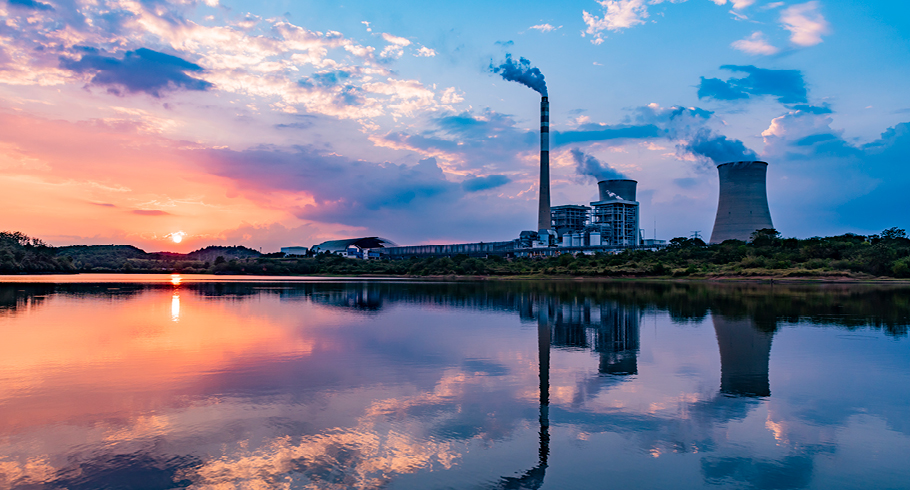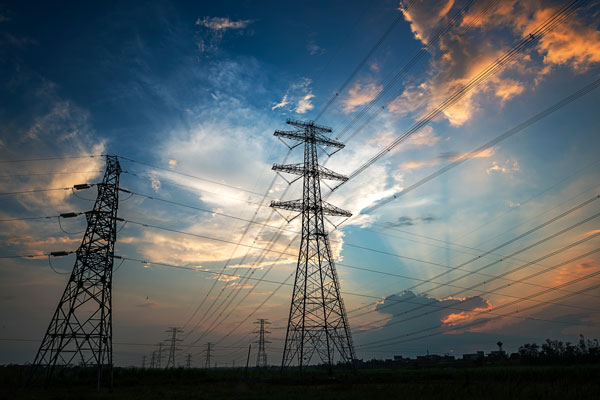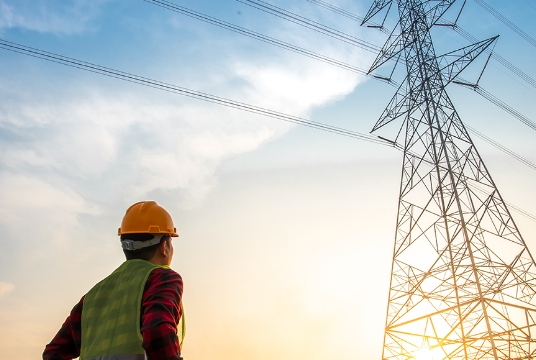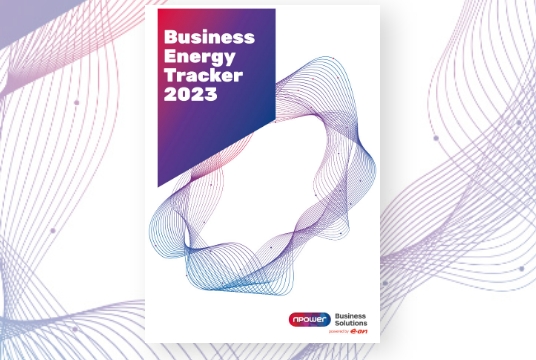How does the UK energy market work?
Energy is a business essential. Whether it’s for heating, lighting or powering machinery, every business is dependent on the UK energy network and should have a level of understanding about how the UK energy market works.
Test and refresh your energy market knowledge
On this page, we cover some of the most crucial information that every person using energy should know, including how the energy market works today, how it is changing, and how your business can navigate through these uncertain times.
We’ve certainly come a long way since the inception of the energy market during the Industrial Revolution; a period of accelerated economic growth between 1760 and 1840 that simply couldn’t have happened without an abundant energy source. If you’re interested in finding out more about the origins of our UK energy market, you’ll find more information at the bottom of this page.
First, let’s cover where we are today - and take a look at some of the things your business can do to manage energy costs as the marketplace evolves.
Energy generation today
Back in 2008, when the Climate Change Act came into force, around 80% of the UK’s electricity came from fossil fuels. Fast forward to 2023, and the picture looks very different, with the UK hitting a major clean energy milestone: one trillion kilowatt hours (kWh) of electricity generated from renewable sources. During April 2023, 46% of Britain’s electricity came from zero-carbon sources and only 0.1% came from coal.Decarbonisation of the gas system has yet to see the same level of transformation. There simply isn’t a low-carbon commercial substitute for the many direct uses for gas. More than 22 million households still rely on it for home heating. Industry is also still dependent on natural gas for heat and a range of industrial processes, such as the manufacture of steel, iron, paper, chemicals and glass.
While developments in biomethane and hydrogen offer a glimpse of a greener gas future, it’s unlikely that the demand for natural gas will end soon.

Why is our nation’s dependence on natural gas affecting wholesale pricing?
Find out how the UK’s relationship with natural gas is affecting today’s energy prices in our Wholesale Energy Price Report (2023).
What causes volatility in the energy market?
Today’s energy market is seeing extreme levels of price volatility. There are numerous factors which can decide how stable or volatile the energy market is at any given time. While prices are largely influenced by straightforward supply and demand, this is in turn affected by everything from the weather to global economics and geopolitics.
For the latest energy market update, watch our new video.
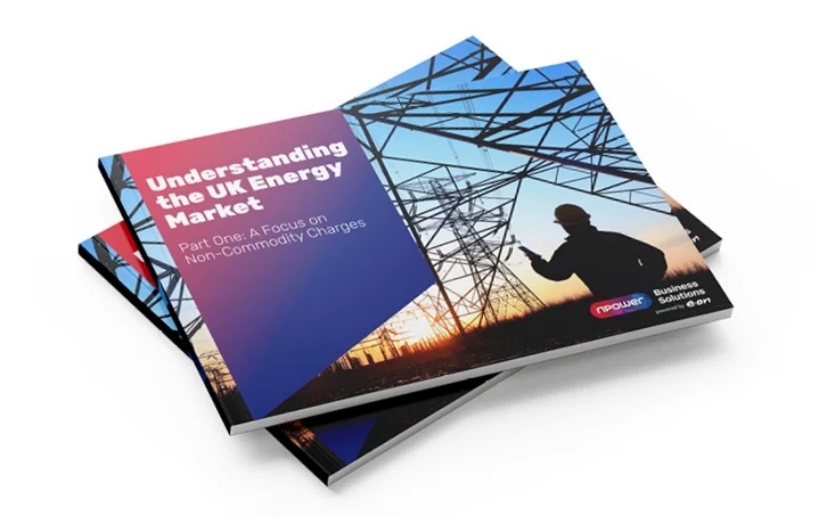
For a more in-depth look, download our report: Understanding the UK Energy Market - Part One: A Focus on Commodity Costs.
Managing energy costs when the market is volatile
With business energy costs putting an extra strain on your resources, it’s important to make sure you’ve got an energy contract that is suitable for your needs and services that support you to manage and mitigate cost.
If you’re unsure about the options available, the links below can help. Or why not speak to a member of our team?

Further reading on energy volatility
Want to gain a better understanding of why commodity prices are so volatile? Our 2023 energy market outlook examines the key market drivers and what these mean for the gas, power, oil and carbon markets.
3-minute read: The 2023 energy market outlook
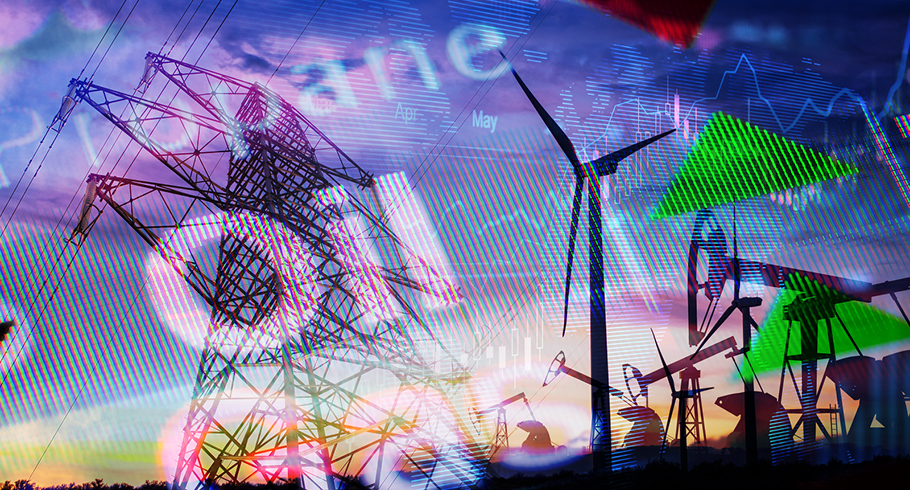
Understanding energy transportation and distribution
Our energy market has evolved, and so has the system that transports and distributes energy to our meters. Understanding what’s involved can help you make sense of the total price you pay for energy.
Non-commodity charges currently add around £80 to the price of every megawatt hour (MWh) of electricity and £10 per MWh of gas. However, this is likely to increase over the coming years.
Your electricity and gas reach you through transmission and distribution networks. The gas transmission network is operated by market operator National Gas, and the electric transmission networks market operator is National Grid. Businesses pay for these services through the Transmission Network Use of System (TNUoS) charge for electricity, and the National Transmission System (NTS) charge for gas.
For electricity, which cannot be easily stored, you also pay for the crucial service of balancing the grid. This accounts for the Balancing Services Use of System (BSUoS) charge on your electricity invoice.
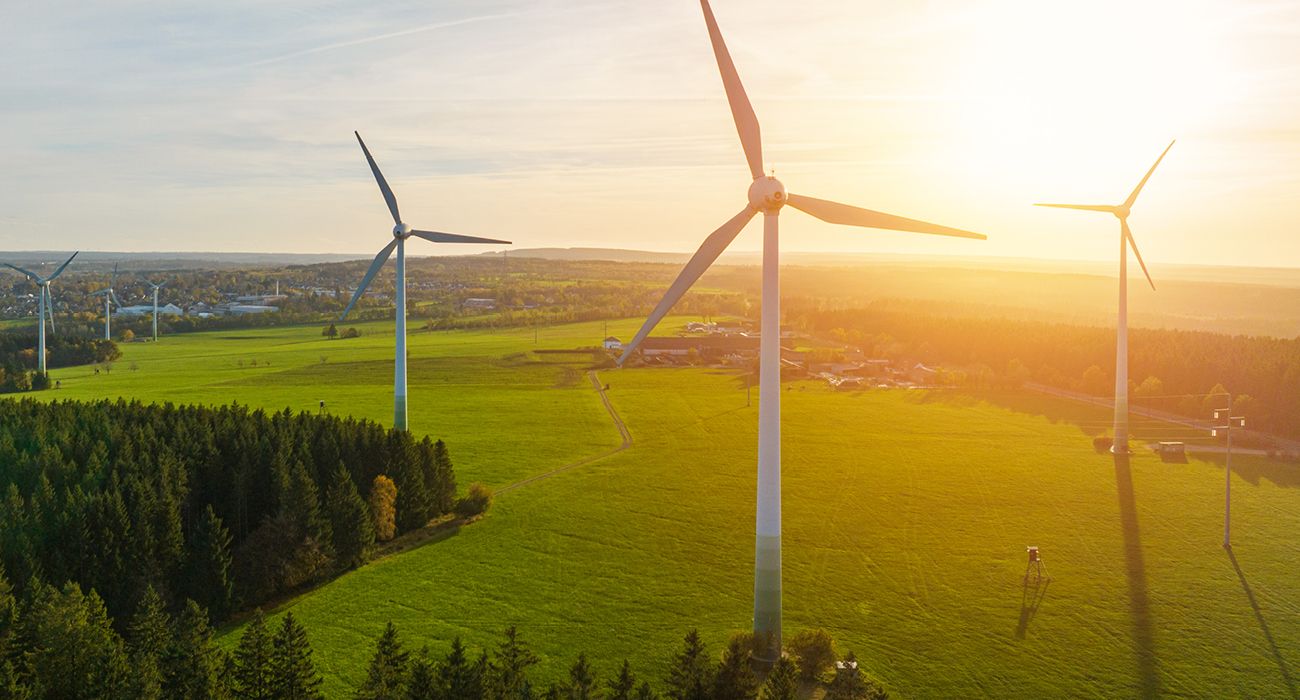
Next, your energy is transferred to local distributors where it can travel through smaller local networks. The electricity distribution system is operated by Distribution Network Operators (DNOs), and the service they provide is paid for through the Distribution Use of System (DUoS) charge. The gas distribution system is operated by Gas Distribution Network (GDN) operators. The service they provide is paid for through the Local Distribution Zone (LDZ) charge on your gas invoice. ew
As we transition towards a net zero emissions future, the way that we make, transport and use energy is changing. This will mean that our infrastructure will need upgrading to accommodate smaller, diverse energy sources and new energy storage technologies -and that non-commodity charges may need to rise in the medium term to help cover the cost of this.
Managing your non-commodity charges
Although residential energy customers contribute towards transmission and distribution costs, these are rolled into their energy tariff prices. For business customers, separating the costs out provides transparency and allows for fairer pricing based on consumption. It also allows those on a flexible tariff to decide how to manage charges in a way that suits their budget, i.e. as fixed or pass-through costs.
To find out more about how you can secure an energy contract tailored to your individual needs, why not speak to a member of our expert team today?

Take a deeper look at energy transportation and distribution
To find out more about who does what, how it all fits together, what it costs and what’s set to change, download our report: Understanding the UK Energy Market - A Focus on Non-Commodity Charges.
Further reading on non-commodity charges
Interested in finding out more about the issues impacting non-commodity charges? Our resources will help you stay informed and up to date.
New charge to hit electricity invoices to fund nuclear construction
At last, the government has (almost) announced the go ahead for a new 3.3GW nuclear reactor in Suffolk.
But to finance the estimated £35bn+ construction cost of Sizewell C, the government has put a different funding model on the table, with the cost to be met by consumers via yet another non-commodity charge added to electricity invoices.
Non-Commodity Charges Explained
Join us for a 45-minute webinar, where our Industry Charging Team will take you through the different non-commodity charges added to electricity and gas invoices.
These traditionally make up as much as 60% of your total invoiced cost – and many are set to increase – so it’s important to understand what they are and what they do.
Regulation and policy
Who regulates the UK energy market?
Great Britain’s electricity and gas transmission and distribution networks are regulated by the Office of Gas and Electricity Markets (Ofgem).
Ofgem sets expected standards of service and agrees price controls under something known as an RIIO model - which stands for revenue = incentives + innovation + outputs. A long-standing key focus for the regulator is ensuring charges are fair to all consumers, especially the most vulnerable.
To support this aim, Ofgem recently instigated the biggest-ever shake-up of transmission and distribution charging methodology, via its Targeted Charging Review (TCR) and Access for Forward-Looking Charges Signification Code Review (SCR).
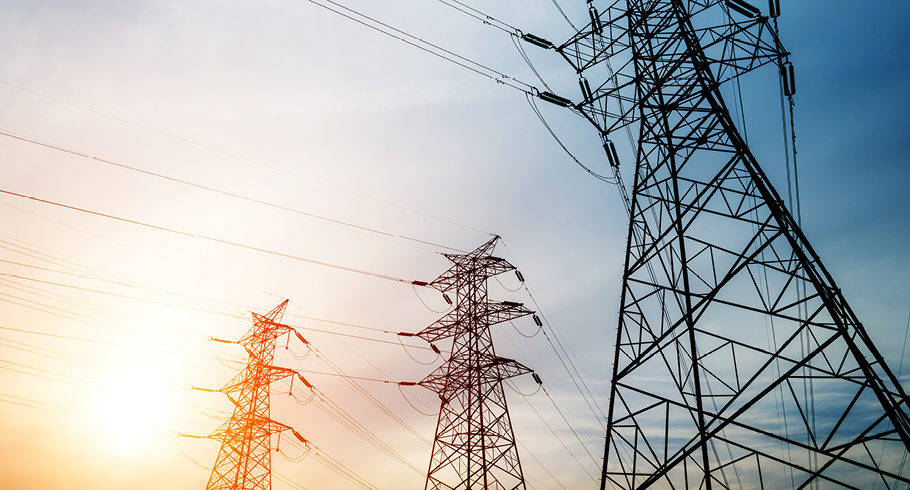

Energy policy - what’s changing?
As the pivotal role of Ofgem demonstrates, our UK energy market is shaped and reshaped by policy and regulations. Businesses are under increasing pressure to push forward towards net zero, but are reeling under the weight of price volatility. In this context, policy will have a vital role in making sure decarbonisation plans don’t stall, and in ensuring a stable, secure and cost effective energy system for the future.
However, this could also mean new policy costs for business energy customers. Find out more about what’s changing in energy policy, and get the latest low-down on the government’s Energy Security Strategy in our policy resources below:
The UK Energy Security Strategy - what businesses need to know
Making the most of a changing energy market
The transition to low and zero-carbon energy sources will create new opportunities for businesses that are ready to adapt. During times of uncertainty, it pays to be proactive. Here’s a quick look at some of the things your business can do to mitigate price volatility and fund net zero progress as the market changes.
Reduce costs and carbon by understanding consumption
Understanding your energy consumption is crucial to cutting costs and carbon. A sophisticated energy management system (EMS) will help you monitor and manage power and gas consumption.
Depending on the nature of your business, sub-metering can also help to provide more granular detail about specific energy uses, such as machinery, lighting, or temperature control.
3.5 minute video: Metering services - Make sense of a business essential
Create new revenue streams from energy generation
When you invest in on-site generation, not only do you give yourself some protection from energy price volatility, but you also create a potential new revenue stream for your business. Combined with an innovative Power Purchase Agreement (PPA), your generated power could deliver real and lasting value to your organisation. Discover more in our short video and blog:
1-minute read: Making the most of your generation asset
2 minute video: Maximise the value of the energy you generate
Rethink energy trading with support from our award-winning Optimisation Desk
Energy hedging can lower energy costs and reduce risk for businesses. By buying energy before prices change, businesses can avoid price spikes and benefit from demand drops.
Flex Portfolio Solutions is a new service from npower Business Solutions (nBS) that lets customers hedge energy with the help of our Optimisation Desk, a dedicated team of energy experts and Account Managers. Customers can choose how much support they need based on their skills, time and resources.
Head over to our Flex Portfolio Solutions page, or get in touch with our team for more information.
What the energy market of the future might look like
The evolution of the UK energy marketplace looks set to continue at pace, as we race towards important and ambitious net zero goals. According to Business Insider’s Changemaker’s Playbook, global energy demand will rise by more than a quarter (28%) by 2040, but our energy will be cleaner and greener - with renewable supply accounting for more than 70% of the world’s energy mix.

A focus on grid balance
As the UK’s reliance on intermittent renewable energy sources increases, grid stability will potentially become an issue. Efficient, scalable energy storage will have an important part to play in keeping the grid balanced - and the hunt is already on for an alternative to lithium-ion battery technology, which creates its own environmental challenges.
Businesses will undoubtedly see their relationship with energy shift even further, as they are also called upon to help keep the system balanced. Many businesses are already involved in Demand Side Response (DSR) schemes and we can expect to see more mechanisms in place to support this over the coming years.
Increased energy self-sufficiency
With technology costs falling and net zero awareness on the rise, business investment in sustainability projects, including on-site generation, could also see more organisations decreasing their reliance on the grid. An increasingly decentralised system and higher levels of energy self-sufficiency will empower businesses to mitigate their energy costs, and reduce energy risk.

Decarbonisation of the gas system
In the energy market of the future, alternatives to natural gas will need to be introduced to the energy mix. Hydrogen looks likely to play a key role in the decarbonisation of the gas system, while the electrification of heat in some areas will help to reduce demand.
Want to stay ahead of the curve?
Energy Insight webinars
To hear about the latest energy industry changes, policy developments and impacts on energy costs for businesses, register for our Energy Insight webinars.
Business Energy Tracker 2023
Are businesses investing in sustainability during these times of volatile energy prices? Find out in our 2023 Business Energy Tracker.
![]()
Energy market terms every business buyer should know
Want to talk through your requirements?
Understanding how the energy market works - and how it is changing - is essential for businesses who are navigating their way through new challenges and plotting a path to net zero.
We are here to provide support. Come to us for straightforward advice, innovative tools and expert insight.
Want to talk through your requirements?
The origins of our UK energy market can be traced back to the Industrial Revolution. In today’s world, it can be easy to undermine the importance of energy as a business-critical resource. But without an abundant energy source, the period of accelerated economic growth between 1760 and 1840, known as the Industrial Revolution, simply couldn’t have happened.
The main source of energy during the Industrial Revolution was coal. At the time, this readily-available fossil fuel provided a practical alternative to wood when lumber was harder to come by. Coal burns at high heats and could power the machines which replaced slow, manual labour. Today, it provides less than 3% of the UK’s power generation, having been replaced for the most part by natural gas. Our dependence on natural gas is one of the reasons for today’s energy market volatility - but we’ll come to that soon. The UK government has committed to phasing out the use of coal completely by 2024 in an effort to cut carbon emissions.
Benjamin Franklin’s 1752 kite experiments are widely credited with the ‘discovery’ of electricity. However, electricity wouldn’t become a feature of the UK’s energy landscape until much later in the 19th century. The first public power station was installed in Godalming, Surrey, in 1881. [WL1] 1ßś


The origins of the national grid
In 1900, several Acts of Parliament granted rights for power companies to supply electricity for industrial and manufacturing purposes. Each would generate at a particular voltage and they would interconnect to give businesses better security of supply.
Over time, higher voltage capacity meant that better interconnection of the power plants became possible. By around the 1920s, voltages had increased to 132 kilovolts (kV) and small council generators could be replaced by larger, regional power stations. In 1926, the Electricity Supply Act introduced national coordination of power stations. These stations were to be limited in number and interconnected by a ‘national grid’, which was largely completed by 1935. [WL2]
Diversification of energy sources
The national grid we depend on today has evolved dramatically and rapidly since its inception in the 1930s. Higher energy demands and new energy sources, such as the introduction of nuclear energy in the 1960s, have placed new demands on the grid, and its infrastructure has had to be adapted and improved accordingly.
The newest challenge faced by our grid today comes with our nation’s ambitious net zero goals. An increased reliance on intermittent, decentralised renewable energy sources – such as wind and solar power – is making balancing supply and demand a lot more difficult. Upgrades to the transmission and distribution systems will be needed - but will only partially contribute to resolving these issues.
Flexibility, DSR and energy storage will all have an important role to play in ensuring the safety, security and cost efficiency of tomorrow’s energy system.

/npm214%20Digital_H_UB139.jpg)
